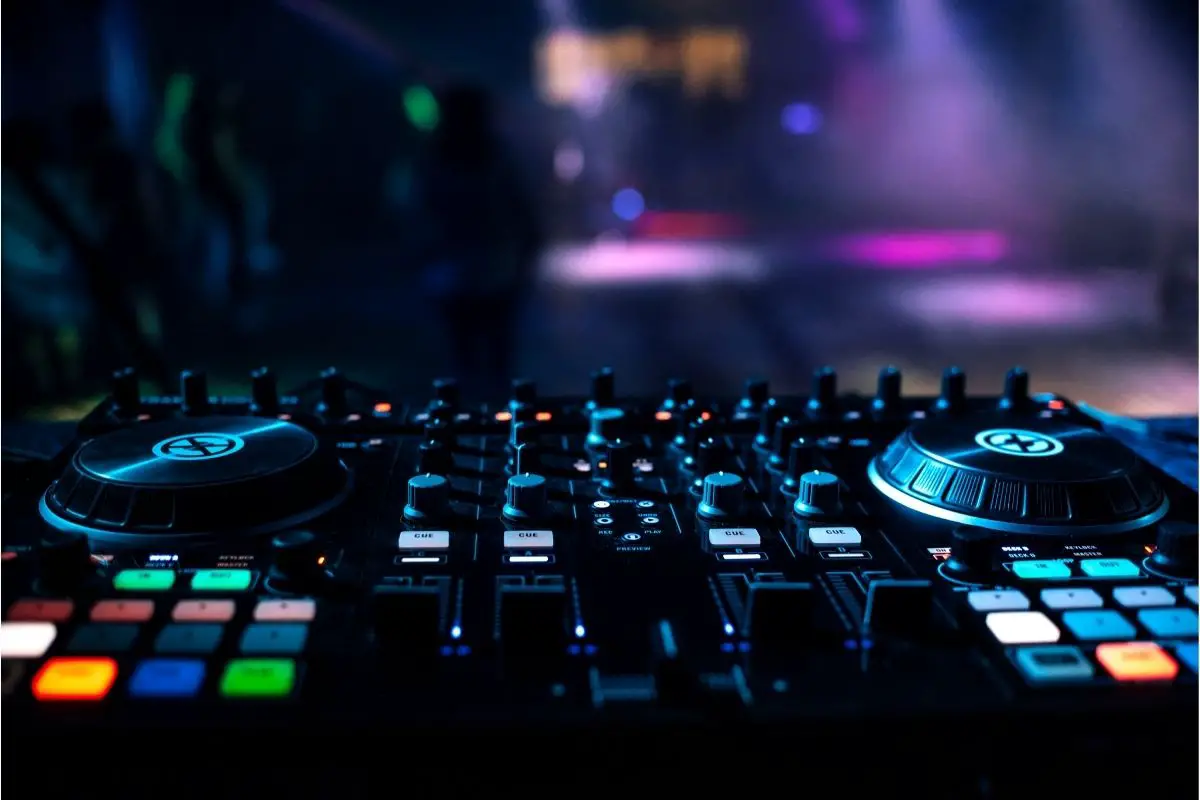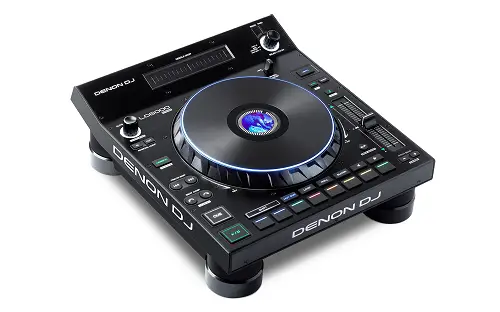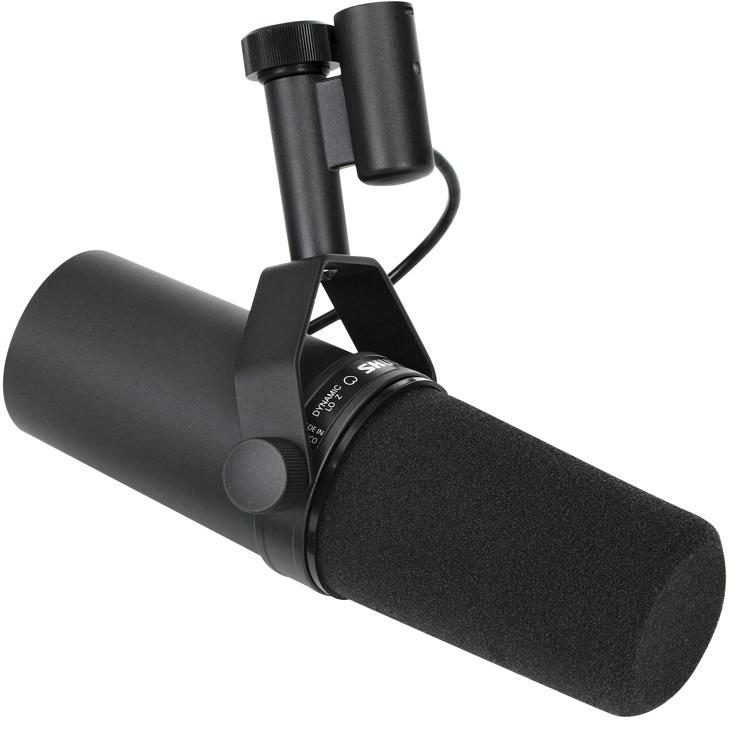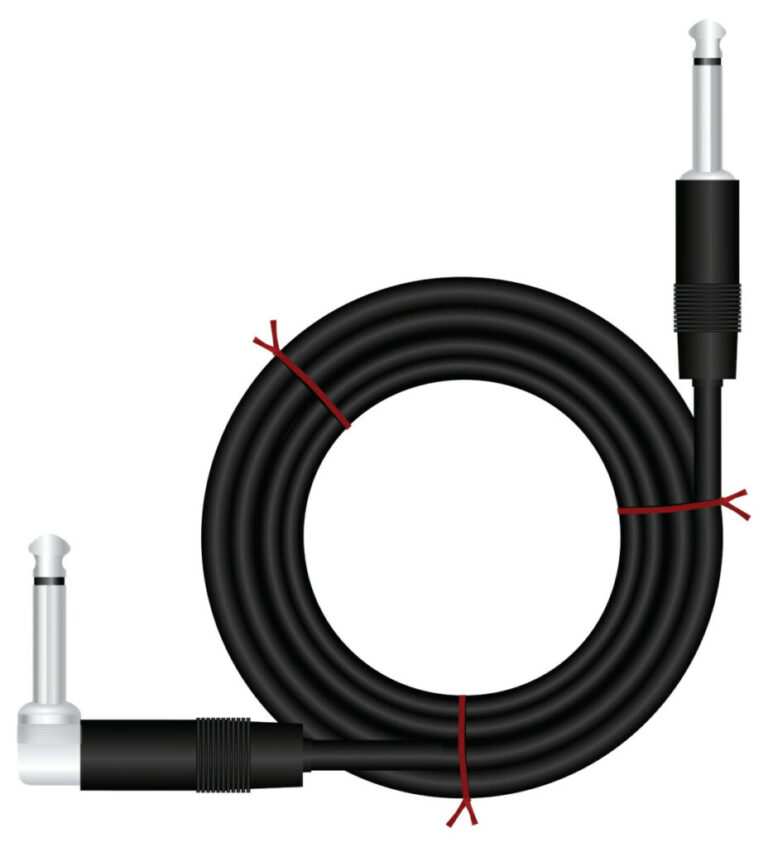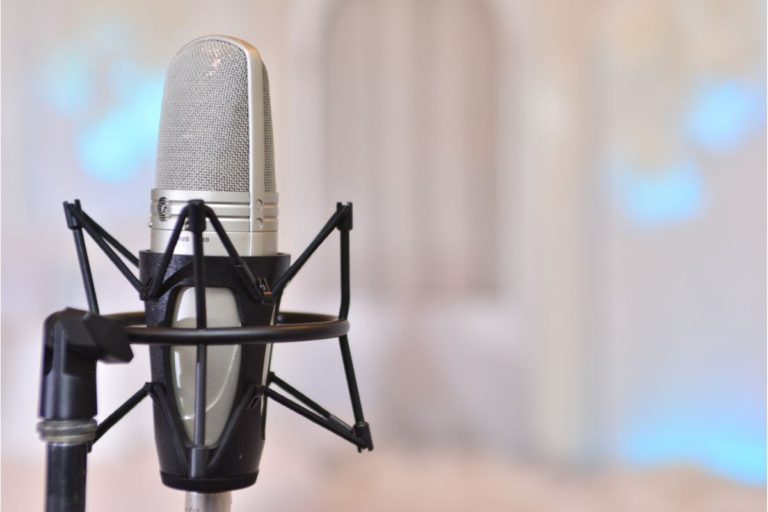The Best DJ Controller for Professionals
With the creation of software such as Traktor and Serato, computers and controllers are quickly becoming the preferred weapon of choice for entertaining the dancefloor. They are not just for amateur start-ups but also high-profile DJs performing at the world’s top clubs and underground nightclubs.
With technology evolving at its present rate, many different units are now accessible, with models and businesses supporting and expanding to meet the ever-changing demands of today’s digital DJ.
You might be looking for a DJ controller that replicates the feel of vintage turntables, mixers, and CDJs. Other options are a modern pad device for sample triggering and effects manipulation. The best DJ controllers in this guide offer seamless integration with your preferred mixing software, allowing you to get hands-on and expressive with your library or tracks.
If you have never bought one of these products before, check out the buyer’s guide at the end of this article to see what features you need to look out for.
Best DJ Controllers
Native Instruments Traktor Kontrol S8
- Full-integrated 4-deck TRAKTOR controller including TRAKTOR SCRATH PRO 2 software
- 30 touch-sensitive knobs and faders for intuitive control over TRAKTOR software
- 2 bright, full-color displays reveal pop-ups displays, views, and panels
- Touch strip provides tactile control over track position, pitch bend and more
- Quickly access track BPM and Key as well as FX, Filter and Remix Deck parameters
The pinnacle of National Instruments’ accomplishments is a departure from the traditional DJ setup of two platters and a mixer. The Traktor controller highlights Traktor’s Stem and Remix Deck features rather than the traditional DJ setup of two platters and a mixer.
Although it is risky to remove one of the most visible controls from a DJ controller, NI feels that DJs may use the new touch strips in place of jog wheels, which they believe has some potential. When pausing a track, they may be used to’ scratch’ it, while holding Shift puts them in Seek mode, which allows the user to navigate to any point on the track by moving their cursor over it.
The controls morph into Pitch Bend controls, which are surprisingly well-designed and can execute rudimentary beat matching in a ‘nudge’ method while the audio is playing. However, the lack of pitch faders makes it unable to achieve any accurate beat matching.
Except for the lack of jog wheels, this Traktor controller is remarkably well-equipped. The Stems controller may be the best choice for you if your primary focus is on live remixing using Stems while also playing with samples, loops, and effects.
Pros
- Lots of connection options – including MIDI for easy use
- You can use it on its own – Its standalone capacity makes it incredibly versatile
- Easy to use – very tactile and responsive
- Can ‘scratch’ a track – Gives your music more a traditional feel that many listeners love
- Seek mode – this handy feature allows you to get to any point in a track.
Cons
- No jog wheels – These are usually a standard feature on DJ controllers, so it is odd that they are not on this device. Not having these may force you to change up your playing style.
Native Instruments Traktor Kontrol S4 Mk3
- New large motorized jog wheels with haptic feedback in three modes: Feel a ‘click’ for cue points and loops when scrolling through tracks; Input Impedance: 48.5kΩ
- RGB LED Ring surrounding each jog wheel visualizes deck rotation in jog and turntable modes, track tempo, and deck selection (A and B in blue, C and D in orange)
- High-resolution color displays show track ID, key and tempo, transport data, waveform strip with track position, phase meter, loop length and state, as well as Remix and Stem decks control
- New Mixer FX for instant one-knob effects and filters on each channel. Choose from 8 FX and 3 filter types in addition to TRAKTOR deck effects
- Pro Mixer Layout with long-life Carbon Protect faders, dedicated cue section on top plate, and adjustable crossfader curve. 16 RGB pads for triggering Hot cues, loops, or samples
The third iteration of Native Instruments’ four-deck Traktor controller represents a substantial advancement. The jog wheels are motorized in this model. You also get the company’s innovative ‘haptic’ technology, which provides tactile input on cue spots and other interesting areas.
The general design has been overhauled and altered alongside the color scheme. The pitch faders moved from their original positions on the outside borders to a CDJ-style alignment where they are “both on the same side.” In addition, a new Mixer FX section has been added, as well as mini displays beneath each jog wheel to provide more information.
Users who upgrade from version two to three may get disoriented due to these changes. They might need to relearn some mixing techniques to accommodate the new control placements. The S4 Mk3 is still one of Traktor’s most fantastic devices.
Pros
- Innovative design – Haptic jog wheels are fresh and easy to use
- A wide selection of analog I/O – allows for a versatile use
- Traktor 3 integrated – works well and feels tight
- You can easily navigate to cue sports with Haptic technology, which makes using this device a lot easier.
- Displays beneath jog wheels – this helps you find where everything is and gives you more information
Cons
- It may be challenging to learn where everything is – People who have previously used older versions of this product may struggle to relearn where certain things are due to the design change.
Roland DJ-505
- Two channels and deck select for up to four decks
- Large, low-latency platters optimized for scratching
- Eight dedicated pad controls for Serrate DJ Pro with hot cue, roll, slicer, contemporary, pattern, and sampler modes
- Built-in, fully editable drum kits from Roland’s legendary TR-909, TR-808, TR-707, and TR-606, realized with advanced ACB (Analog Circuit Behavior) technology
- TR kits contain eight sounds–Bass Drum, Snare Drum, Closed Hat, Open Hat, Tom, Rim, Clap, and Ride–that can be played on the performance pads and triggered from the sequencer
In recent years, Roland made its first foray into the DJ controller industry, producing a line of Aira-branded controllers that were compatible with Serato DJ Pro and other software. The addition of the ‘TR-S’ drum machine is one of the DJ-505’s most compelling selling points.
The sounds are close to those heard on the original TR-8. They include digital recreations of Roland’s 909, 808, and 707 beatmakers, among the best-replicated beatmakers available today in digital format.
Although the Roland 505 is not the company’s flagship controller, we like its affordable pricing and ease of use. The 505 is an unattractive-looking drum machine, but its tiny size and low cost make it an excellent studio addition for bedroom producers searching for a hardware drum machine that doubles as a DJ scratchpad.
Pros
- Ideal for beginners – very easy to use
- Quality sounds built into the device – no need for additional software
- Quick and easy setup – allows you to get started with ease
- TR-S drum machine – mimics sounds previously found on original instruments such as the TR-8
- Small size – makes it one of the more accessible controllers to take to gigs with you
Cons
- Kind of ugly design – The design is not to everyone’s tastes
- Suitable for beginners only – pros in the DJ world will find this device too introductory for their needs
Pioneer DJ DDJ-SX3
DDJ-SX series controllers from Pioneer DJ were introduced in 2012 and have maintained their position as the highest-quality and most powerful Serato DJ controller available for less than $1,000. Version 3 came out in early 2020. It continues to improve on the already successful concept.
Compared to its predecessors, the DDJ-SX3 has a very similar appearance and feel. The controller is small and portable. Still, its sturdy chassis and aluminum top have a solid feel. You should expect it to endure regular club play without issue.
The jog wheels are small, but they are sensitive and durable, and they are similar to those found on Pioneer’s CDJ range. The DDJ-SX3 is a four-channel DJ controller with a built-in mixer.
Each channel of the central mixer is configurable to accept either digital Serato DJ or analog RCA inputs. If desired, you can simultaneously configure the control decks to manage up to four Serato DJ decks. Consequently, the SX3 may serve as a hub/mixer for up to four digital decks, four external players, or both at the same time, depending on the configuration.
Pros
- Durable jog wheels – ensures that the controller will stand the test of time.
- Compact – easy to travel with
- Fantastic features – Pitch N’ Time and Serato Flip included
- High quality and powerful – this controller packs a punch in terms of sound for such a low cost.
- Four-channel controller – can be configured to your liking
Cons
- Color effects – these may not be to everyone’s taste or may seem unnecessary to you.
Denon DJ LC6000
Because it does not generate sound internally, you might call it a controller in certain respects. However, when connected to another Denon player, it is no different from adding another player to your system. This feature enables you to operate the second layer of the first device.
The adaptability of the LC6000 is one of its greatest strengths. Due to its compatibility with most of Denon’s current player range, including the flagship SC6000M, it allows you to either expand your present setup or create something entirely from scratch with this product.
For those interested in constructing a multi-deck system or a more cost-effective dual-deck system, the LC6000’s cheap price point makes it a very enticing alternative. Two SC6000s and two LC6000s combine to form a four-deck behemoth. Meanwhile, one SC6000 and one LC6000 provide outstanding value. This is perfect for those looking to build a professional-quality two-deck system on a tight financial budget.
Pros
- Excellent value for money – given all of the features of this device, it is worth every penny.
- Enhances the Dual Layer capabilities of other Denon devices – you do this by adding a set of dedicated physical controls.
- Adaptability – you can use it to expand your current setup or make something new.
- You can use it in a multi-deck system – this can expand your music capabilities even more.
Cons
- Not a standalone controller – this is an addition for other players and controllers.
Buyers Guide
Suppose you are looking to buy your very first DJ controller. Then you may not be aware of the several features that you need to consider when making your purchase. These are the things that will guarantee that your controller is not only a high-quality item but is also the perfect gadget for your musical needs.
Software
The first and most crucial decision you will have to make is which software package you will be employing. Remember that if you choose Serato DJ, you should be aware that the software is only compatible with a restricted number of controllers that Serato has designed.
In reality, most DJ controllers work with one or two specific pieces of software, with many of them including the software as part of the package. Your choice of DJ program will heavily influence your choice of DJ controller.
The majority of DJs with expertise will already know whether they’d want to use Serato, Traktor, or Rekordbox. They will need to choose a controller that suits their demands. Individuals who are new to DJing may find the adaptability of a controller, which allows them to experiment with a range of various software options, to be appealing.
An extensive number of entry-level versions work with user-friendly software packages, including Serato DJ Lite and Algoriddim DJAY.
Audio Inputs
The built-in audio inputs – the ability to connect turntables, CDJs, or an instrument – and whether or not you want to extend your system in the future with time-coded vinyl or CDs are all things to consider when purchasing a turntable.
Several controllers on our list can function as a mixer without the necessity for a computer connection. Ask yourself how you use the controller before making the purchase.
Connection Options
The vast majority of the time, CD and USB ports are included as standard equipment. Some aspiring DJs have many music collections to browse over. You may probably require more than one USB connection in most cases. Additionally, these connections can link your phone to your controller, providing more portability and flexibility.
Size And Price
If you are a traveling DJ who brings your controller with you, the device’s size is an important consideration. The greater the size, the more difficult moving will be.
While smaller controllers may appear to be handier, they are typically more challenging to use due to the tiny size of the buttons, resulting in you making a few mistakes when using them.
When it comes to DJ controllers, you get what you pay for, just as with most other types of technology. More costly versions provide greater functionality, better build quality, and a more professional look and feel overall.
That is not to imply that reductions are not available at lower price points; controllers like Pioneer’s DDJ-400, for example, provide outstanding value for money.
Frequently Asked Questions
Get your last-minute questions answered here!
What Controllers Do Most DJs Use?
Pioneer controllers are very popular with DJs. You may have already noticed how many appear on the above list. Pioneer’s popularity is down to its high-quality build, excellent effects, great value for money, and user-friendly interface.
A close second is any controller made by Traktor, which produces outstanding products that DJs worldwide love.
What Is A DJ Controller?
A DJ controller is a self-contained gadget that includes a mixer, emulation of turntables called platters, and basic controls. The objective is to reproduce a typical configuration with several components in an intuitive, ergonomic design that emphasizes mobility. Additionally, the machine is easy due to the integration of multiple components into a single interface.
Typically, DJ controllers are alongside a laptop computer loaded with DJ software. The controller interface takes over, delivering far more efficiency and power than a keyboard arrangement.
The majority of controllers contain jog wheels, knobs, performance pads, faders, and other valuable inputs. By utilizing fewer components, this form of the intelligent interface enables contemporary DJs to mix more simply.
How Many Watts Should DJ Speakers Be?
As a general guideline, if the gig is indoors, you should aim for a minimum of five watts per person. If you’re playing outside or want “rave loudness,” double that and have 10 watts per person.
How Much Do DJ Controllers Cost?
For a cheap or beginner controller, you can probably find around $100 new or an even cheaper one that is second-hand. If you are after a more high-quality product with many features, expect to spend over $2,000.
Given how expensive that is, you should start on a cheaper one first to ensure that this is a hobby or career you want to pursue. If you do not enjoy it as much as you thought you would, you have not wasted too much money.
Can A DJ Controller Be Used At Events?
If you are playing a rave, EDM event, festival, or anywhere else with a party-ready crowd, DJ controllers are perfect for these events.
If you are just at a house party and want to get some music playing, then some standard features will be fine, as the controller might be a bit of an overkill.
What Is The Best DJ Software?
While there are several DJ software options, there is no clear winner as to which one is best. Popular options include TRAKTOR, Serato, and Rekordbox, but the one that you favor all comes down to personal preference.

